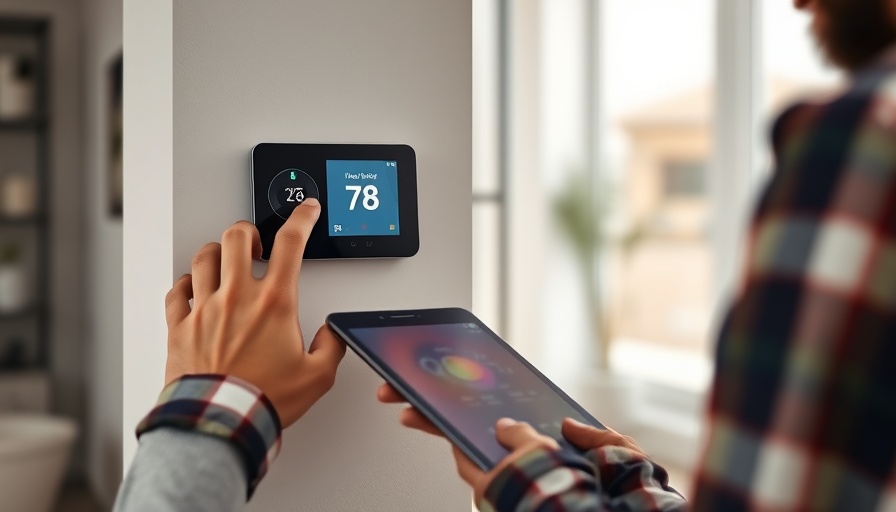
Smart Thermostats vs. Regular Thermostats: What's the Difference?
As homeowners in San Diego County increasingly seek efficiencies and convenience in their daily lives, the transition from traditional to smart thermostats presents an intriguing opportunity. Smart thermostats offer functionalities that extend well beyond the capabilities of manual models. According to Adina Roth, product lead for the Nest Learning Thermostat, the key advantage lies in their ability to adjust heating and cooling based on environmental factors and occupancy, making your home both comfortable and energy-efficient.
The Advantage of Automation and Remote Accessibility
Unlike their traditional counterparts, which require on-site programming, smart thermostats allow users to adjust settings remotely via smartphone apps. This feature makes it incredibly convenient for homeowners who want to optimize energy use while away from home. Scheduled programming can be done effortlessly from anywhere, ensuring no unnecessary energy is wasted while enhancing your smart home system.
Cost Considerations: Investment vs. Savings
For budget-conscious homeowners, the choice often begins with price. Regular programmable thermostats are available for as little as $20, making them an economical choice for immediate replacement needs. However, smart thermostats typically range from $100 and up, which may initially seem steep. Yet, the potential savings on energy bills can justify the upfront cost. Long-term, the integrated smart home technology can deliver savings through more accurate and automated temperature management.
The Broader Implications: Embracing Home Automation
With the rise of smart home devices, upgrading your thermostat is just one step toward a fully automated home. Home automation solutions are becoming increasingly accessible, allowing for seamless integration with other technologies, such as smart lighting and security systems. As technology advances, homeowners in San Diego County stand to benefit not only from energy efficiency but also from enhanced quality of life through smarter living environments.
In conclusion, while the decision between a regular and smart thermostat may appear straightforward, the implications extend beyond simply temperature control. Investing in smart home technology could usher in a more efficient and thoughtfully automated lifestyle.
 Add Row
Add Row  Add
Add 




Write A Comment